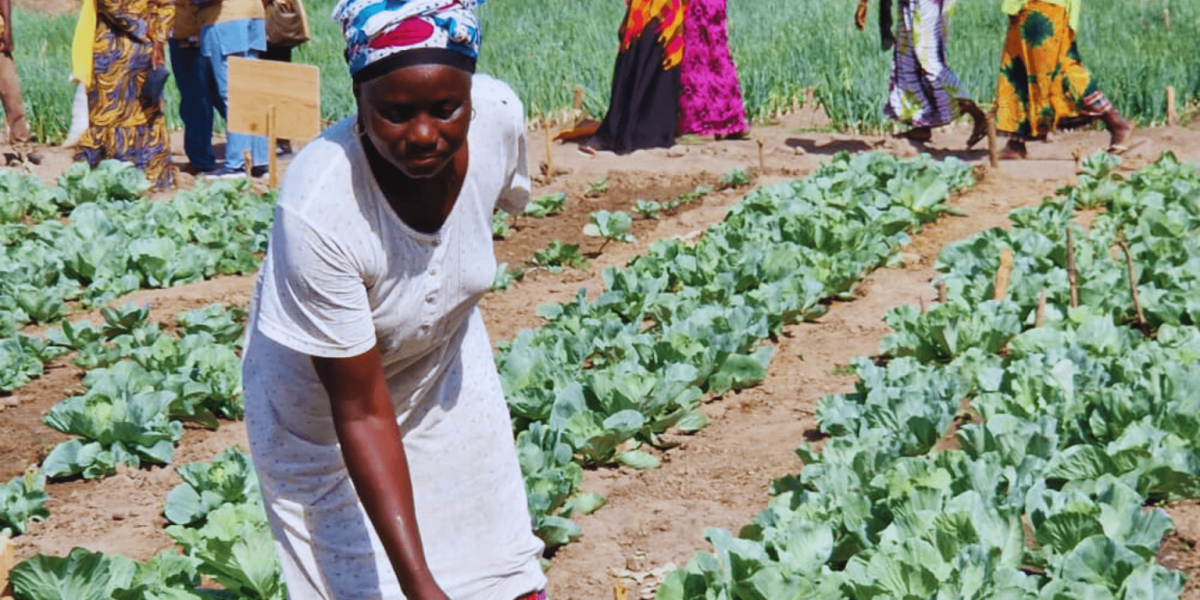Gambia youth agribusiness signals execution credibility
Youth-led agribusiness in The Gambia converts micro-scale training into bankable cash flows within a constrained macro-policy setting. Watch BZ=F and CC=F for cost-pass-through pressure; monitor FM and MSCI for broader frontier reform sentiment.

The graduation of 123 youth-led agribusiness ventures in The Gambia’s Lower River Region represents a targeted execution move within a sharply constrained macro-policy framework. Nominal GDP stood at USD 2.51 billion in 2024 and was projected at USD 2.77 billion in 2025. Real GDP growth is estimated at 5.7% in 2024 and projected near 6.0% in 2025, supportive of demand in services and resilient agriculture. Consumer price inflation reached approximately 11.7% in 2024 and declined to 7.6% by August 2025.
The policy rate has been held at 17% since August 2023. Net public debt was estimated at 70.6% of GDP in 2024. The current-account deficit widened to 5.7% of GDP in 2024, while international reserves covered about 4.7 months of imports. Agriculture value-added contracted 1.1% in 2024, underscoring structural stress in the sector and the necessity of productivity enhancement.
The mechanism of this youth-agribusiness programme operates through three channels. First, conversion of informal agriculture into bankable micro-enterprise improves credit scoring and lowers informational costs for lenders. If even 120 firms report annual turnover of USD 10,000 each by year two, total new revenue near USD 1.2 million equals roughly 0.05% of GDP—modest in scale but significant in signalling market formalisation and institutional credibility. Second, structured linkages to input suppliers strengthen distribution networks, enabling economies of scale in fertiliser, seed and logistics that reduce unit costs across the value chain. Third, improved financial access through registration and banking activity extends monetary policy transmission: with 17% policy rate in place, credible micro-firms attract lending at lower spreads, increasing uptake of credit without additional subsidy burden.
The macro impact is tangible. A wider tax base reduces structural fiscal vulnerability within a deficit target of 3.6% of GDP in 2024 and planned narrowing in 2025. As public debt remains near the 70% threshold, each incremental move toward formalisation supports the capacity to service obligations and resist higher sovereign spreads. Externally, reduced post-harvest loss and augmented domestic value-added compress import dependency, which supports the current-account trajectory toward the 5.0% of GDP target. In a market environment where global commodity prices are volatile—Brent crude (BZ=F) influences transport and fertiliser costs, and cocoa futures (CC=F) capture prolonged nutritional input risk—the policy focus on efficiency rather than speculative volume enables system stability rather than exposure to price swings.
Comparative regional benchmarks reinforce the programme’s disciplined orientation. In neighbouring Senegal, youth-agribusiness cohorts reached average turnover of USD 8,000–USD 12,000 by year two, with non-performing loans under 3%. The Gambia’s sector context is weaker—its agriculture base shrank in 2024—so execution quality must exceed that of peers simply to restore baseline. While three-quarters of the rural population depend on agriculture, sector contribution to GDP stands at about 20.6% and employs approximately 75% of rural households. The formalisation model thus serves less as scale growth and more as credibility calibration, similar to frontier-economy drives in East Africa where initial cohorts enable future credit de-risking.
Global investors view such structural moves through broader frontier credit lenses. The iShares MSCI Frontier and Select EM ETF (FM) and the MSCI Inc. parent index (MSCI) act as sentiment gauges for governance and reform execution in lower-income economies. A pipeline of bankable micro-enterprises improves country risk perception more than headline job numbers. For fixed income investors, sovereign yield compression is feasible if gross financing needs remain aligned to the 4–5% of GDP structural deficit path and public debt keeps to a downward trend.
Forward-looking benchmark definitions: by end-Q4 2026, at least 60% of the cohort must achieve twelve consecutive months of positive operating cash flow, have active tax-filing status, and maintain a non-performing-loan ratio below 5%. By end-2026, agriculture real value-added should improve by a minimum of 0.2 percentage points of GDP relative to 2024, and private-sector credit to agriculture must expand by at least 50 basis points of GDP from the 2024 base.
By end-2027, scale should reach 500 active enterprises, yield two percentage points reduction in post-harvest losses in targeted districts and align the current-account deficit with the 5.0%-of-GDP ceiling without reserve down-drift. Failure to satisfy two or more of these targets will indicate the need for expanded logistics, storage and extension-service investment.





